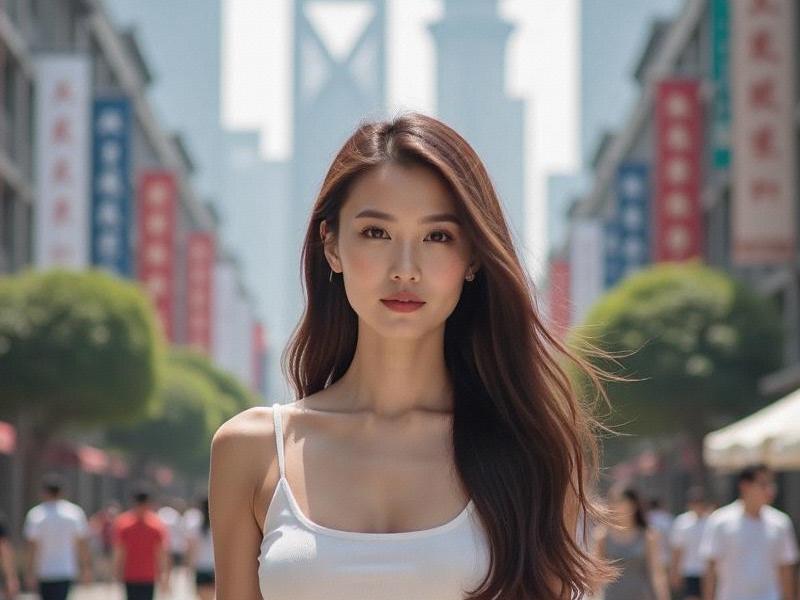This in-depth cultural exploration examines how Shanghai's women are creating a distinctly metropolitan version of Chinese femininity that blends traditional values with global sophistication, setting trends that ripple across Asia.

The Shanghai Style Paradox
On any given morning in Shanghai, one can observe the fascinating sartorial ballet unfolding along Nanjing Road: qipao-clad grandmas practicing tai chi alongside Gen-Z influencers sporting avant-garde streetwear, all sharing sidewalk space with power-suited executives. This visual cacophony represents what sociologists call "the Shanghai Style Paradox" - the ability to embody seemingly contradictory feminine identities simultaneously.
Historical Foundations
Shanghai's feminine archetype has evolved through distinct eras:
- The 1920s "Modern Girl" (smoking cigarettes in jazz clubs)
- The 1960s "Model Worker" (gender-neutral Mao suits)
- The 1990s "Material Girl" (first wave of luxury consumers)
- The 2020s "Hybrid Woman" (merging all previous iterations)
The New Shanghai Woman
上海龙凤419会所
Contemporary Shanghai women are characterized by:
1. Educational Attainment: 68% hold university degrees (national average: 42%)
2. Economic Power: 43% of senior management positions occupied by women
3. Cultural Fluency: Bilingualism rates triple the national urban average
4. Fashion Influence: Origin of 38% of China's viral fashion trends
Beauty as Statement
Shanghai's beauty standards reflect its cosmopolitan nature:
- Skincare over heavy makeup (the "my skin but better" philosophy)
- Experimental hair colors in business districts
上海娱乐联盟 - The rise of "power femininity" (manicures as boardroom armor)
- Cosmetic surgery focusing on subtle enhancements
Career Femininity Redefined
Unlike Beijing's political feminism or Shenzhen's tech-focused female entrepreneurs, Shanghai has developed its own model:
- The "Steel Magnolia" executive (fierce yet graceful leadership)
- Creative industry dominance (62% of gallery owners are women)
- Financial district power players (managing 28% of China's hedge funds)
Cultural Preservation vs Innovation
爱上海 Traditional skills are being reinvented:
- Qipao tailoring schools see 300% enrollment increase since 2020
- Young women learning tea ceremony as stress management
- Calligraphy classes marketed as digital detox experiences
Challenges and Triumphs
The path hasn't been smooth:
- Persistent "leftover women" stigma despite economic independence
- Work-life balance struggles in hyper-competitive environment
- Navigating traditional family expectations
Yet Shanghai women continue redefining possibilities, creating a feminine ideal that's neither wholly Chinese nor Western, but distinctly Shanghainese - as complex, dynamic, and forward-looking as the city itself.